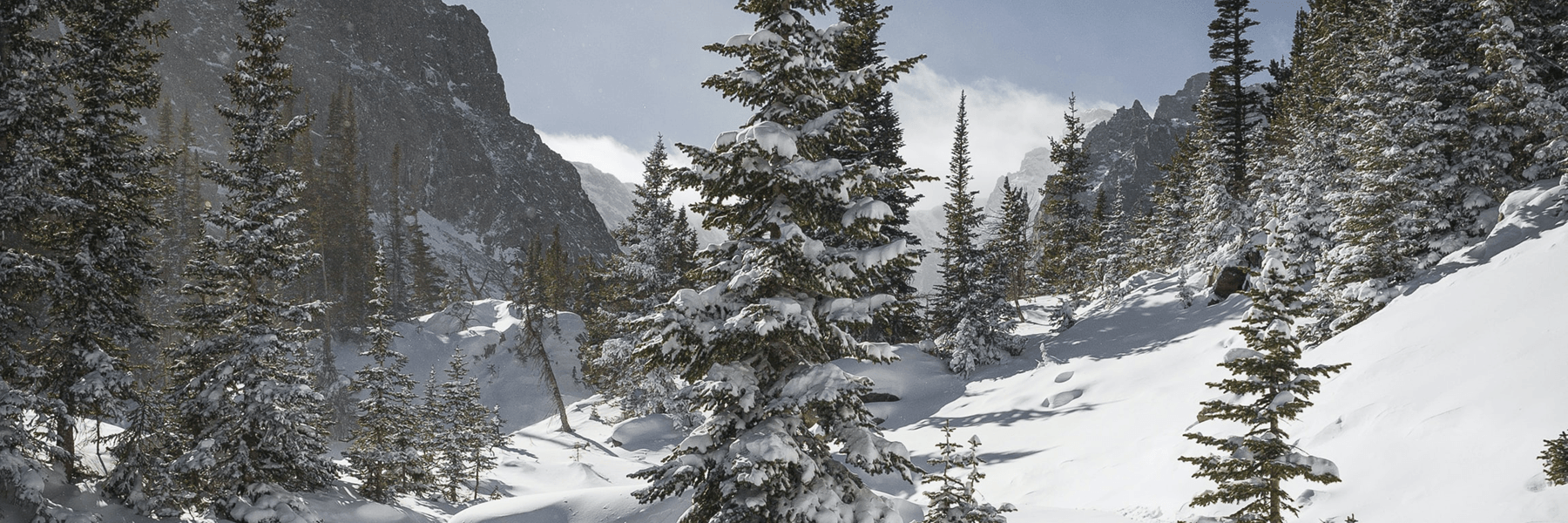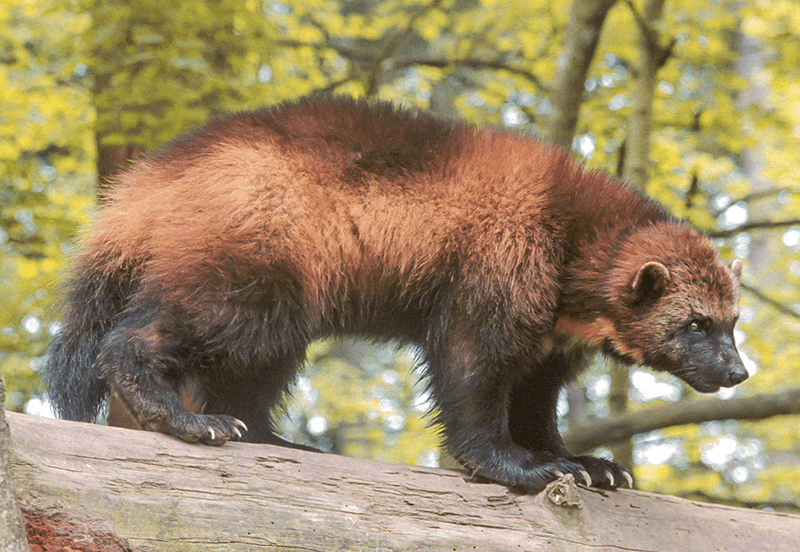Study examines future Rocky Mountain snowpack to inform conservation decisions

Climate change and its effects on snow poses a threat to high-mountain ecosystems and species worldwide. The future of mountain snowpack is complex, with multiple drivers, and with a strong elevation dependence. What has received much less attention is the dependence on topographical aspect (the direction that a slope faces). In particular, how will the snowpack on north facing vs. south facing slopes respond differently under a changing climate?
In a new study, led by CIRES and NOAA researchers with the Physical Sciences Laboratory (PSL), snow projections were developed as input to a conservation issue about the future of springtime snowpack at elevations of observed and potential wolverine denning for two study areas in the Rocky Mountains. The findings were recently published in the AGU journal Earth’s Future.
The study advances the science of snow projections by developing new modeling approaches to assess snow at fine scales and considering mountain slope and aspects. The areas studied, Rocky Mountain and Glacier National Parks, had not previously been analyzed at the high resolution of this study, and there are few studies of snow futures at this high resolution. The study also assesses snow for future wet, normal and dry years to represent natural interannual variability.

The results suggest a sharp decline in snow in the lower half of observed and potential Rocky Mountain wolverine den elevations, but that snow persists in the upper half by mid-21st century under most scenarios evaluated. Springtime snowpack was less affected by climate change on north and east facing slopes leading to potential for climate refugia.
Beyond its importance for the wolverine, understanding snow futures will be relevant for conservation planning for other snow-adapted species, and potentially for addressing questions about future water supply.
This research was supported by funding from the U.S. Fish and Wildlife Service, Region 6. A report was produced to inform FWS as part of a larger assessment on the status of the wolverine species.
Learn More
- High-resolution snow projections developed to inform wolverine conservation in the Rockies
- NOAA Report to the FWS: Future Snow Persistence in Rocky Mountain and Glacier National Parks
- FWS 2020 Ruling on the Wolverine
Authors of the Earth's Future article Projections of mountain snowpack loss for wolverine denning elevations in the Rocky Mountains are Joseph Barsugli, Andrea Ray, Ben Livneh, Candida Dewes, Aaron Heldmeyer, Imtiaz Rangwala, John Guinotte, and Stephen Torbit.
Posted: October 15, 2020